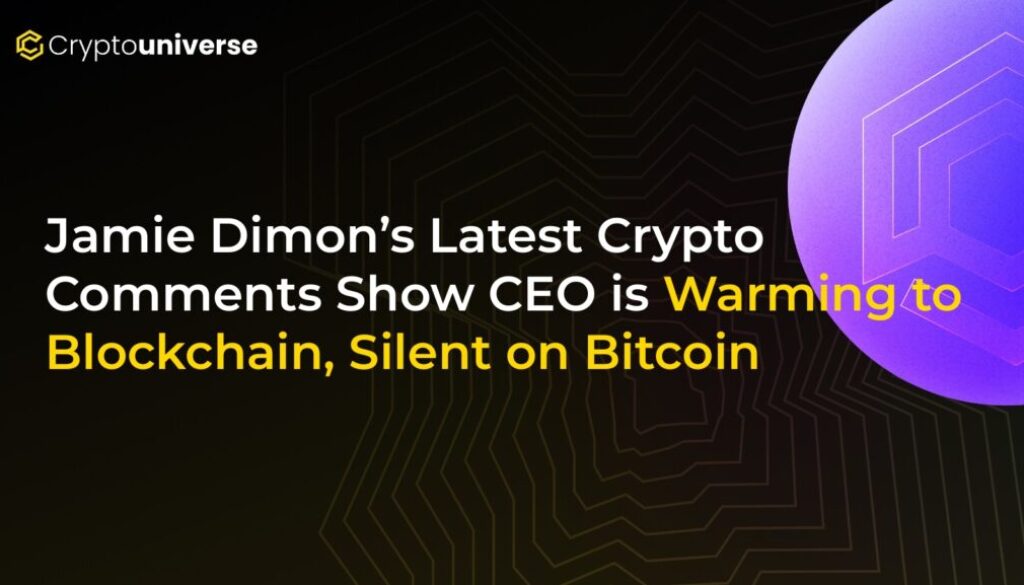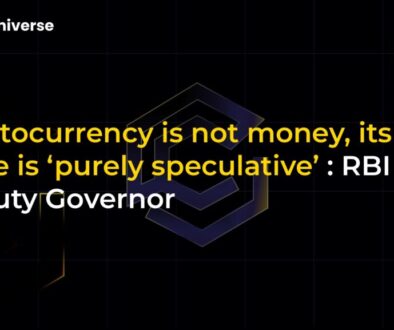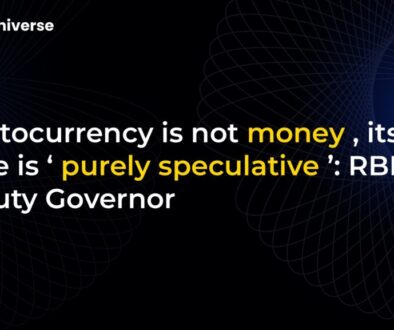Jamie Dimon’s Latest Crypto Comments Show CEO is Warming to Blockchain, Silent on Bitcoin

From ‘Pet Rock’ to ‘Real Technology’: A Crypto Critic Changes His Tune
For years, JPMorgan Chase CEO Jamie Dimon has been one of crypto’s most formidable and outspoken critics. He famously dismissed Bitcoin as a fraud worse than tulip bulbs, compared it to a “pet rock,” and once threatened to fire any employee caught trading it “in a second.” But in a stunning shift, the Wall Street titan is now singing a different song—one that praises the underlying technology while carefully avoiding its most famous creation.
Speaking at the Fortune Most Powerful Women Summit, Dimon made a declaration that sent ripples through the financial world: “Blockchain is real.” This pivot from a long-time skeptic signals a major evolution in how traditional finance views the world of digital assets. While his comments show he is clearly warming to blockchain, his deliberate refusal to discuss Bitcoin reveals a nuanced, and perhaps calculated, new stance.
The JPMorgan Model: Blockchain on Wall Street’s Terms
So, what changed? Dimon’s newfound appreciation isn’t for the decentralized, open-access ethos of networks like Bitcoin or Ethereum. Instead, he champions a private, permissioned version of blockchain technology—one that a centralized institution like JPMorgan can control completely.
He argued that the decentralized nature of public blockchains creates challenges in getting different parties to agree on rules and permissions. JPMorgan’s solution is its own private blockchain, Kinexys, which gives the bank total authority over who uses the network and how.
“It’s going to replace certain systems that we all use that are clunky or late or not 24/7,” Dimon explained.
He cited intraday repos—a type of short-term loan between financial institutions—as a prime example of a system ripe for a blockchain-based overhaul. By using distributed ledger technology (DLT), banks can streamline these processes, reduce fees, and enable around-the-clock operations. This vision also extends to stablecoins and the bank’s own deposit token, which Dimon believes have genuine real-world use cases for efficient money movement.
However, the crypto curmudgeon in him hasn’t vanished entirely. Dimon was quick to add that blockchain isn’t a cure-all, stating, “It’s not the only thing that can fix it, and sometimes it’s a solution looking for a problem.”
The Elephant in the Room: The Sound of Silence on Bitcoin
When the conversation inevitably turned to Bitcoin, the original cryptocurrency that started it all, Dimon’s newfound enthusiasm vanished. He flatly declined to comment, a stark contrast to his previously loud and public condemnations.
Why the sudden silence? He joked about the backlash he receives whenever he mentions the asset.
“Then that’s all I’m going to read about in the headlines,” Dimon said. “Then I get death threats and s–t like that.”
This calculated dodge is perhaps more telling than any direct criticism. It suggests a strategic decision to separate the technology (blockchain) from the asset (Bitcoin). For Wall Street institutions, blockchain represents an opportunity for efficiency and control. Bitcoin, born from a desire to circumvent the very banks Dimon represents, remains a controversial and untamable force. His silence acknowledges its power while refusing to grant it legitimacy.
What Dimon’s Pivot Means for the Future of Finance
Jamie Dimon’s evolving perspective is a powerful indicator of a broader trend: the institutional adoption of crypto technology, if not its original philosophy. Wall Street is no longer dismissing DLT but actively integrating it to build more efficient financial plumbing.
The rise of stablecoins and bank-issued digital tokens is a testament to this shift. Financial giants are racing to leverage the benefits of blockchain—speed, transparency, and lower costs—within their own regulated, walled gardens.
The takeaway is clear. The debate is no longer about *if* blockchain technology will impact finance, but *how*. For Jamie Dimon and JPMorgan, the future involves harnessing the power of DLT while leaving the wild, decentralized world of Bitcoin to others. It’s a pragmatic, if cautious, step into a new digital era for finance, proving that even the biggest skeptics can’t ignore innovation forever.


